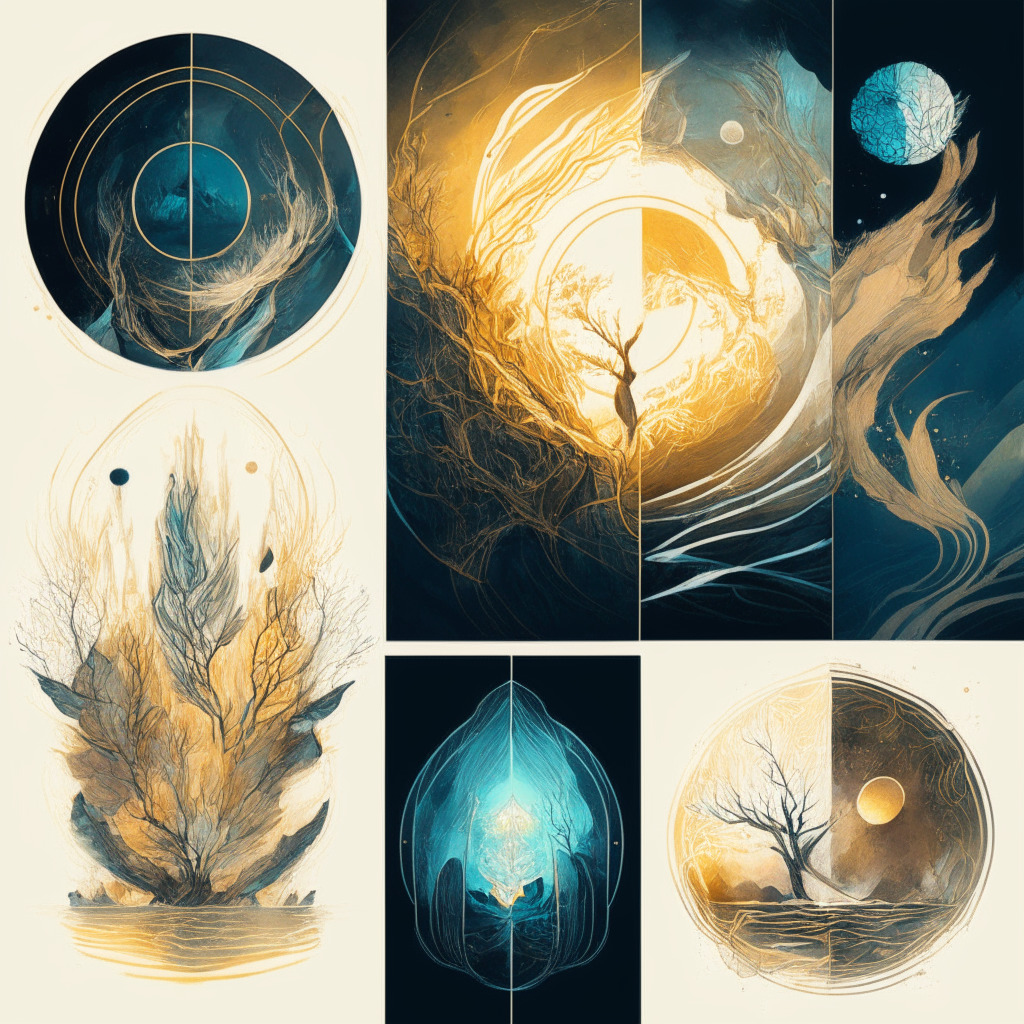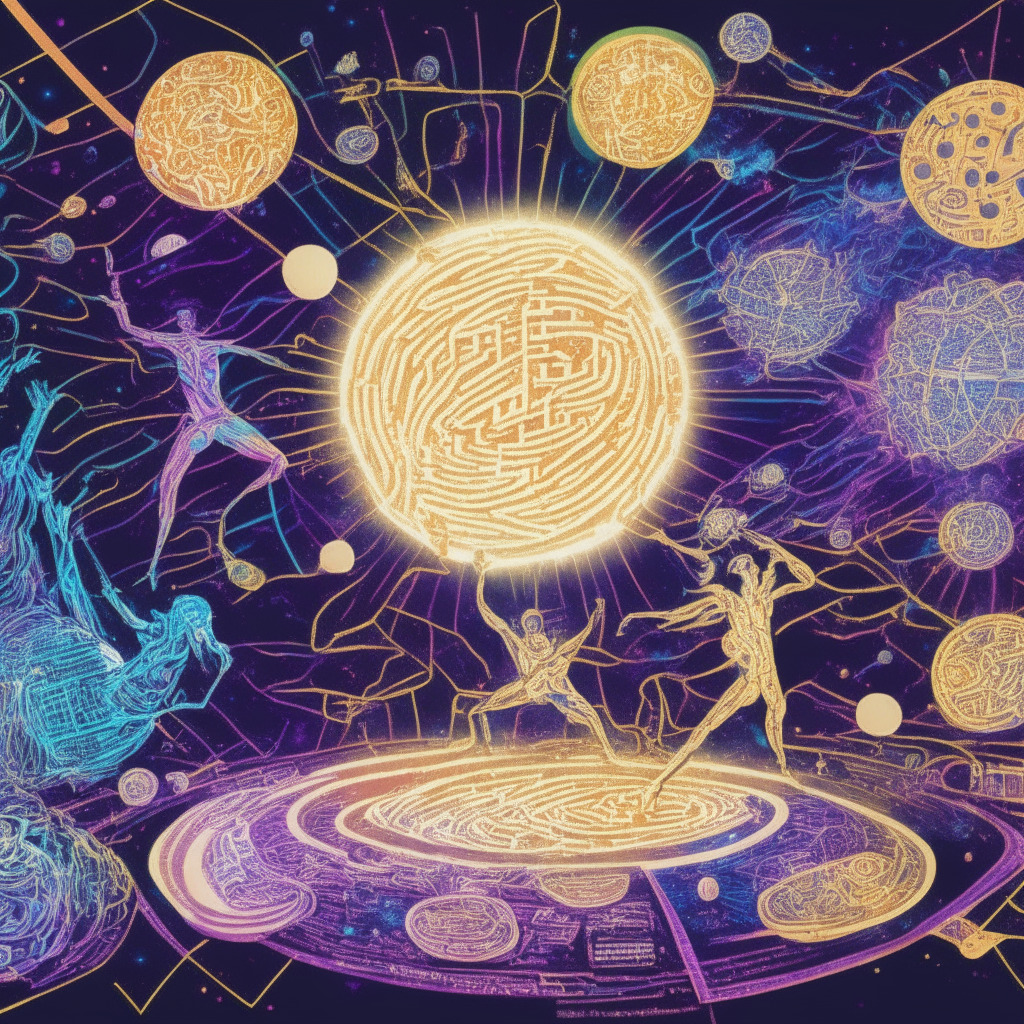Jack Butcher, founder of creative agency Visualize Value and the artist accountable for the Checks VV non-fungible token (NFT) collection, is launching a new initiative titled Checks Elements. This project combines generative artwork with hand-drawn physical prints and consists of a 152-piece generative art collection. Drawing inspiration from the four classical elements of earth, fire, water, and air, Checks Elements delves into the evolving relationship between consensus and truth.
Butcher believes that the concept of decentralized consensus is exemplified in the varying cultures, languages, and interpretations of the world’s origins which align with these four categories. By modifying the algorithm behind the original Checks collection and adding new parameters, this new collection was born. Partnering with printmaker Jean Robert Milant and Cirrus editions, they have transformed NFT outputs into hand-drawn monoprints that are authenticated with Butcher’s fingerprint and connected to an Ethereum-based NFT.
Some art lovers appreciate the idea of combining physical artwork with its digital counterpart, while others argue that the gap between traditional and digital art should remain intact. However, Butcher sees the possibility of these prints intentionally coexisting as a complement to the existing Checks ecosystem. As the auction at Christie’s unfolds, collectors will have the option to purchase the pairs together or separately, though it’s more likely that they would choose to preserve the connection for provenance purposes.
The world of NFTs has grown exponentially, and artists have sought innovative ways to bridge the gap between digital and physical art forms. This pattern has been observed with the likes of Tyler Hobbs exhibiting large-scale prints of his QQL: Analogs at New York City’s Pace Gallery, and Art Blocks and NFT Gallery Bright Moments collaborating to pair physical activations with artist Mpkoz’s Metropolis NFT collection.
Despite the potential for a successful outcome in blending digital and physical artwork, there remains a level of uncertainty about the long-term effects on the art industry. Will these NFT counterparts enhance the value of physical art, or will they detract from their traditional significance? Time will tell, but for now, the lines between the digital and physical realms continue to blur in the world of art.
Edited by Toby Leah Bochan.
Source: Coindesk




